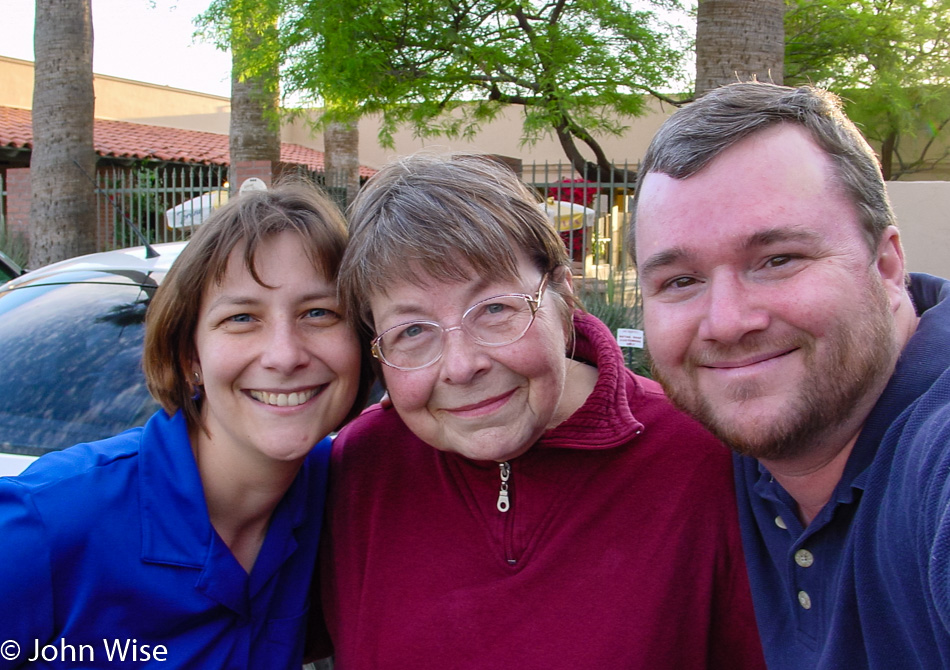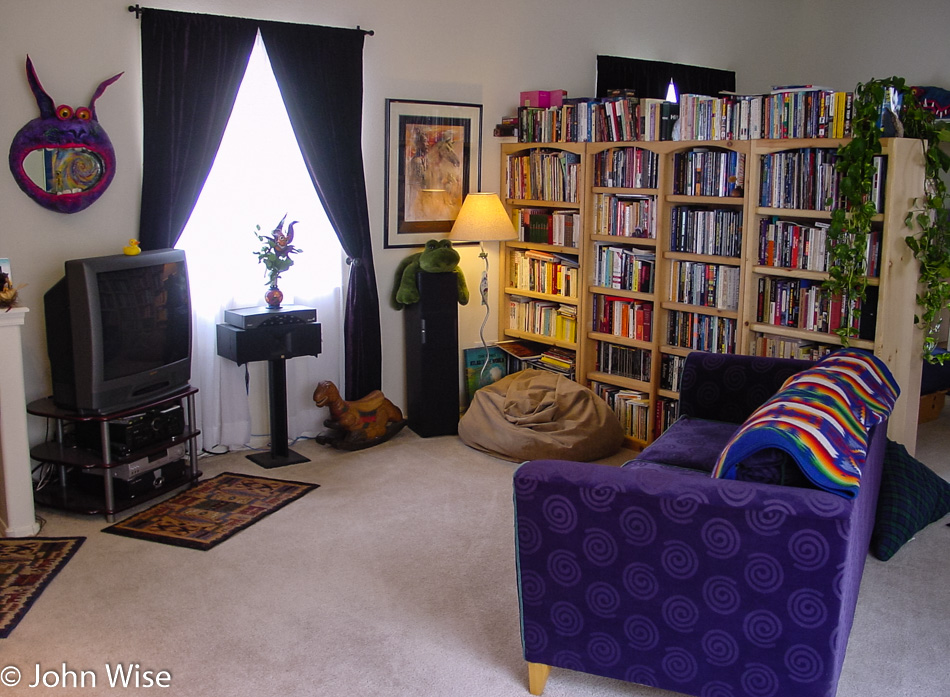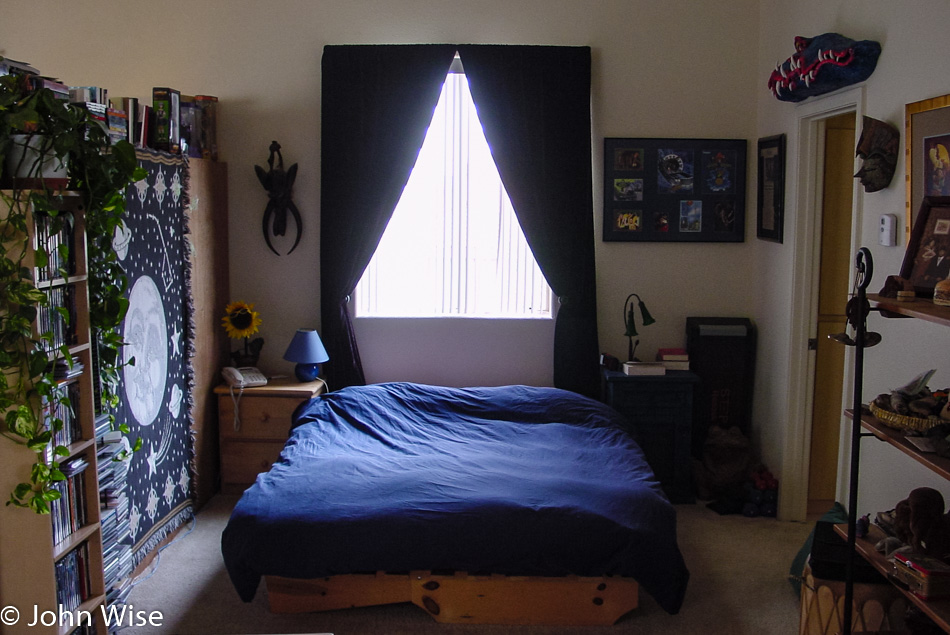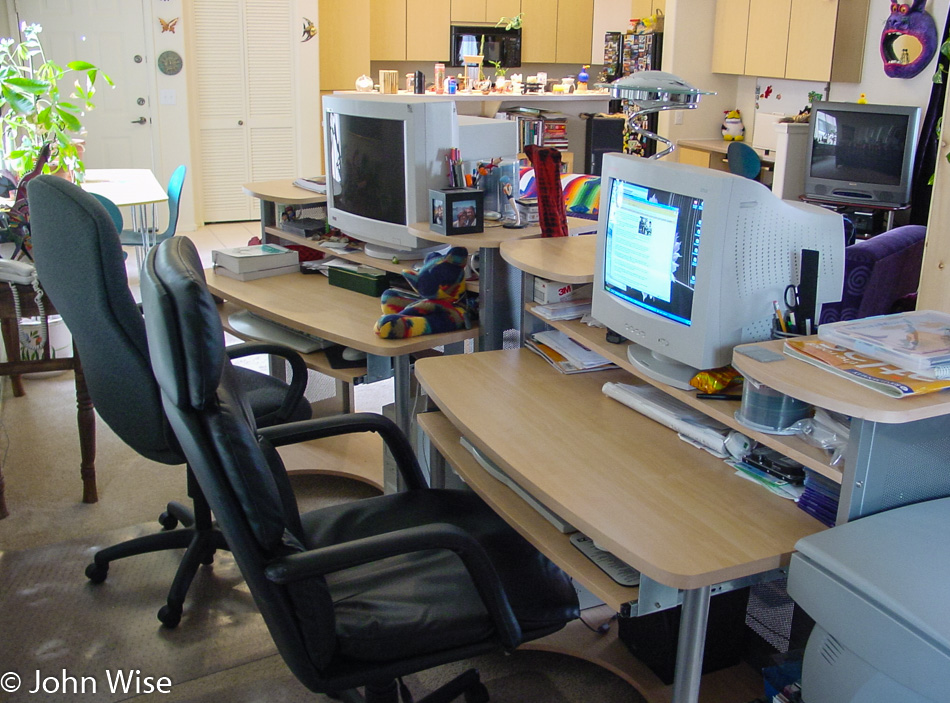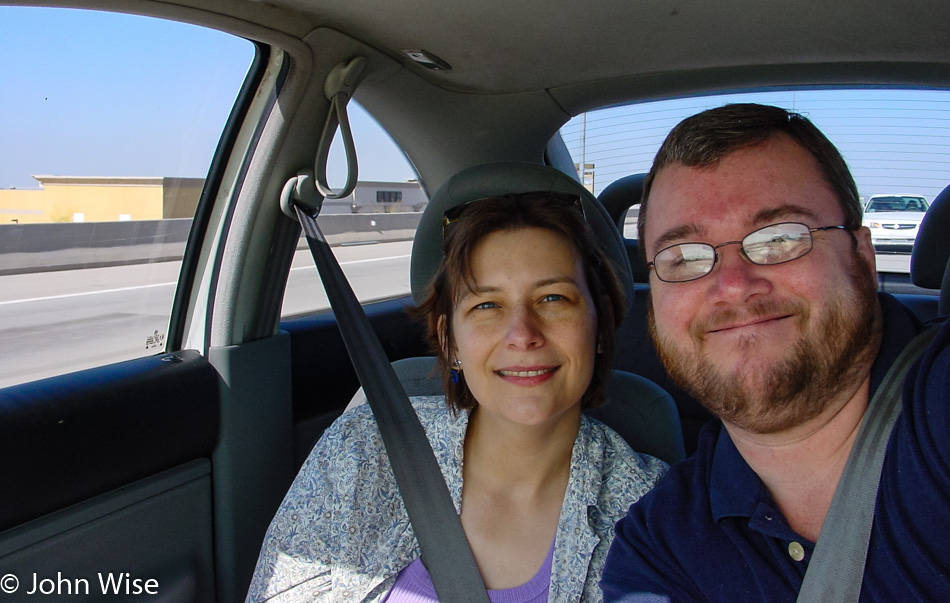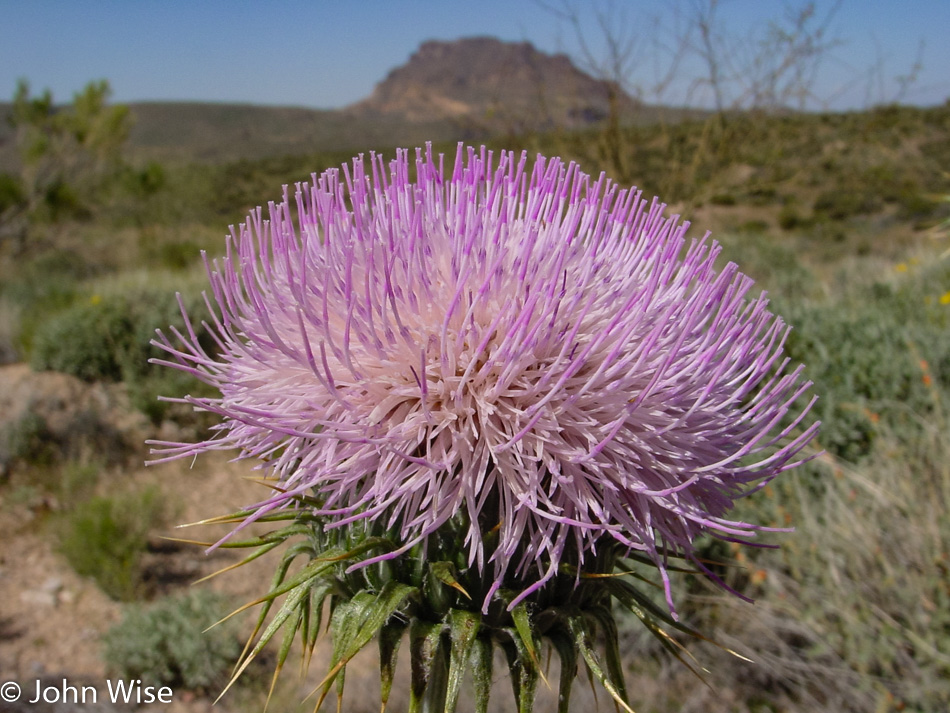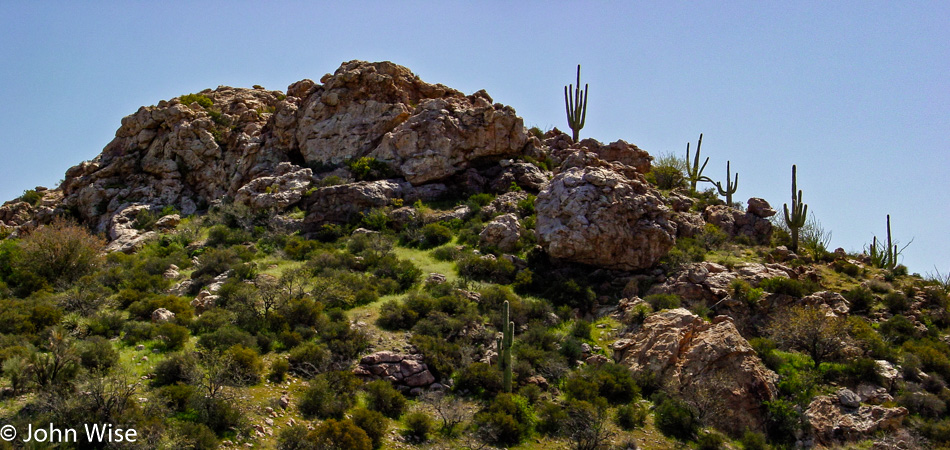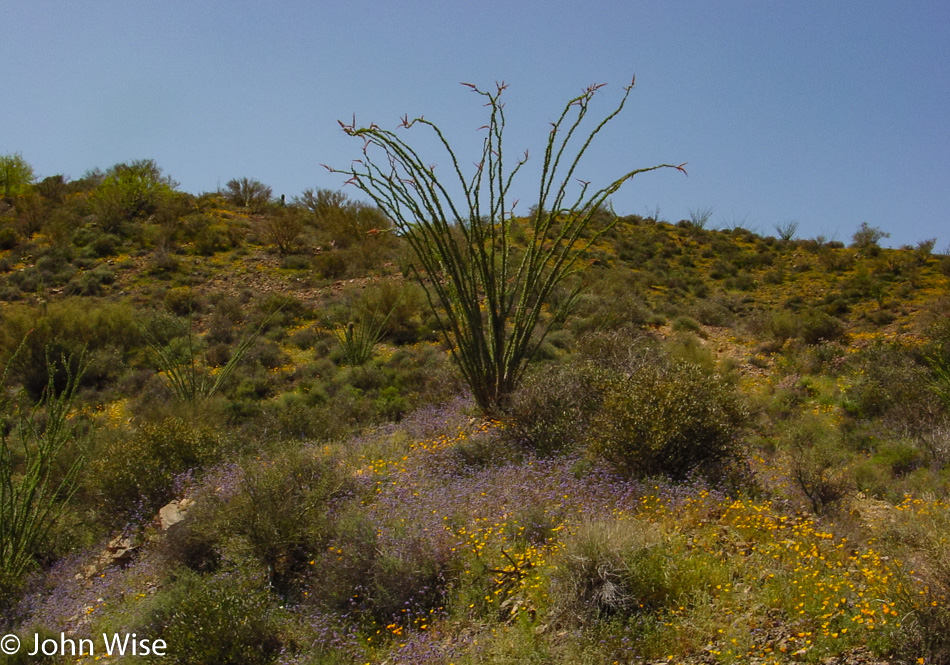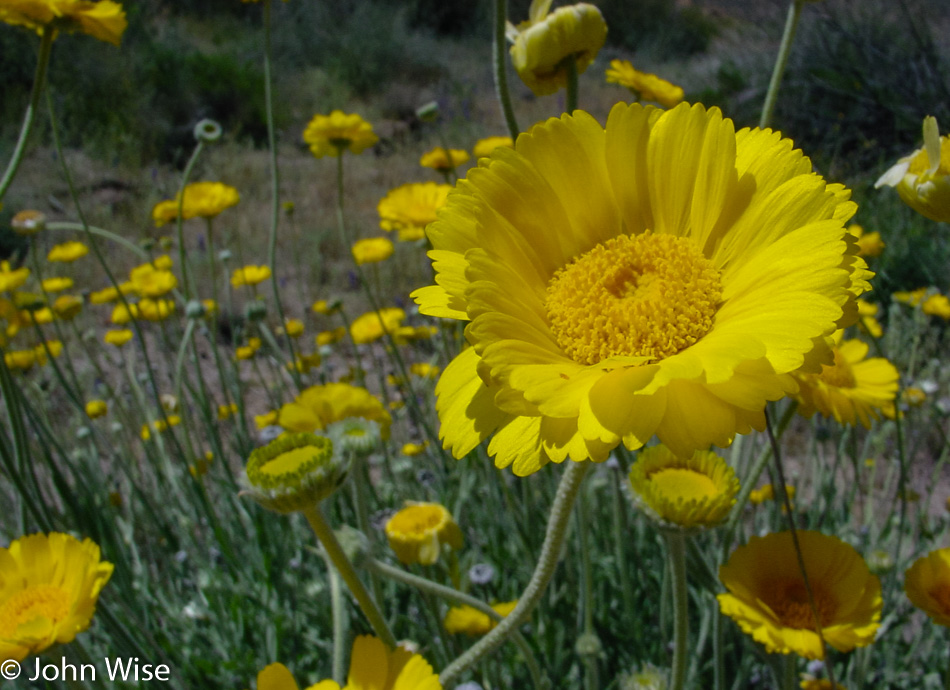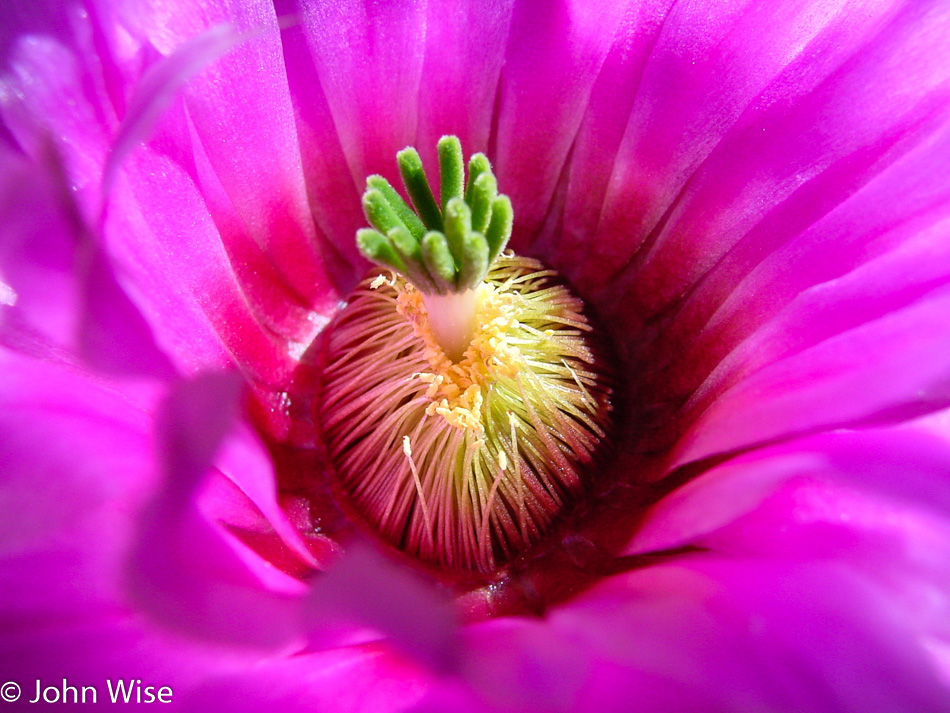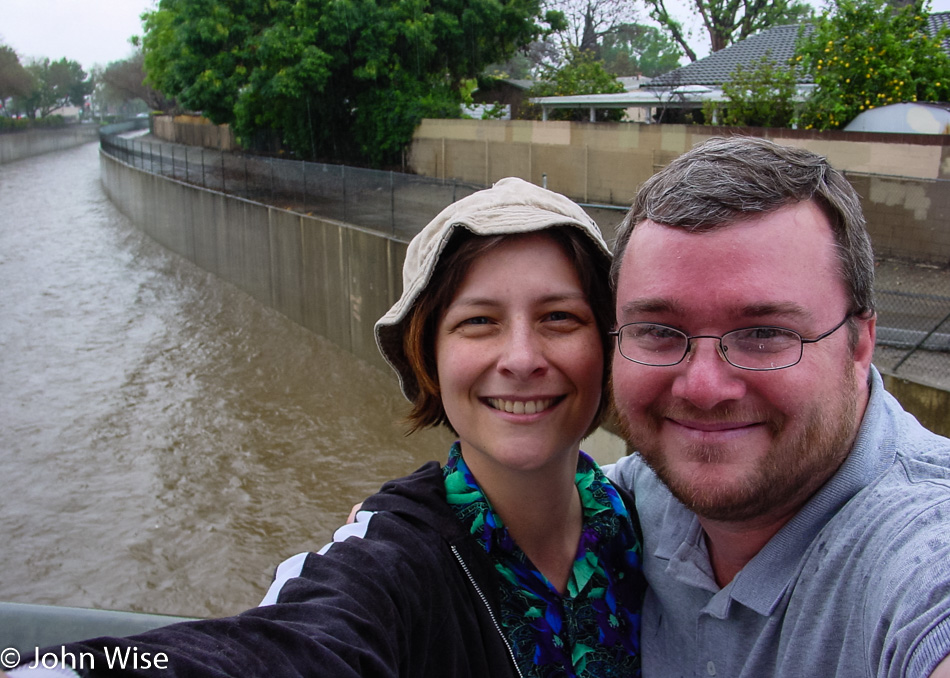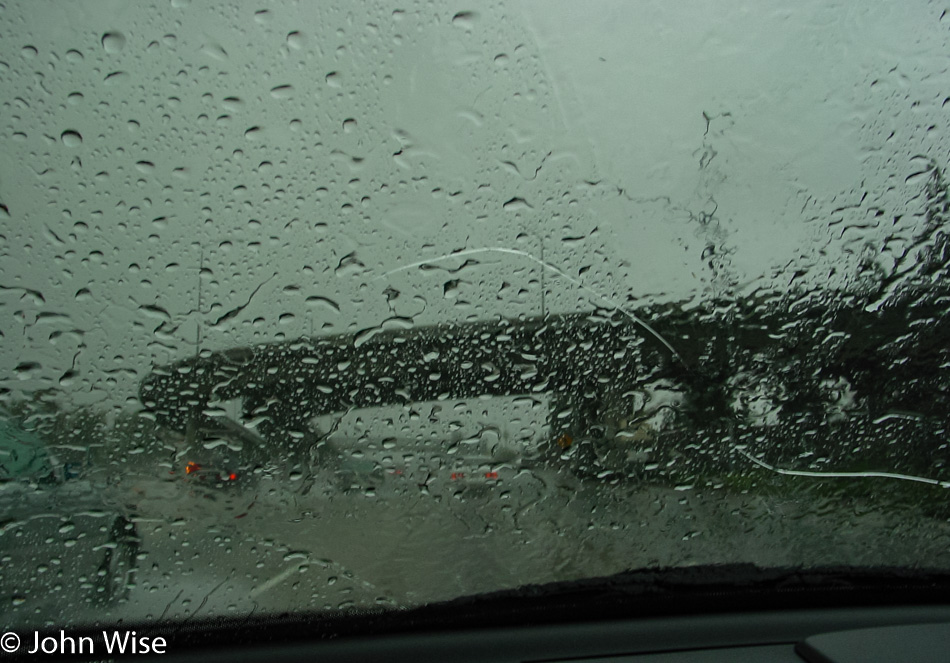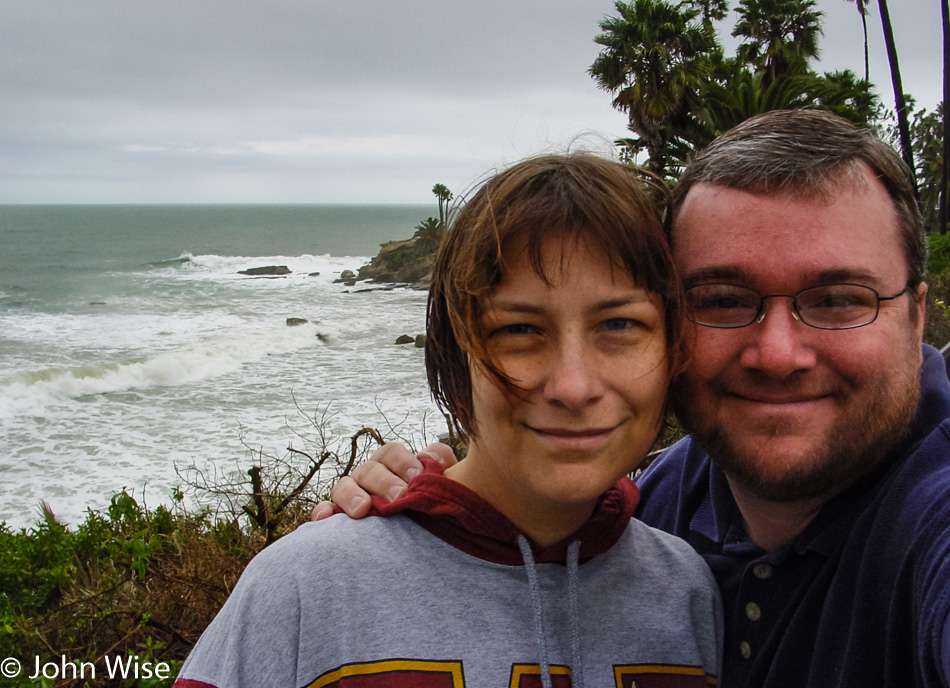
Driving south to visit new places and stopping along the coast because a selfie in front of the water always makes for a nice shot of two happy people.
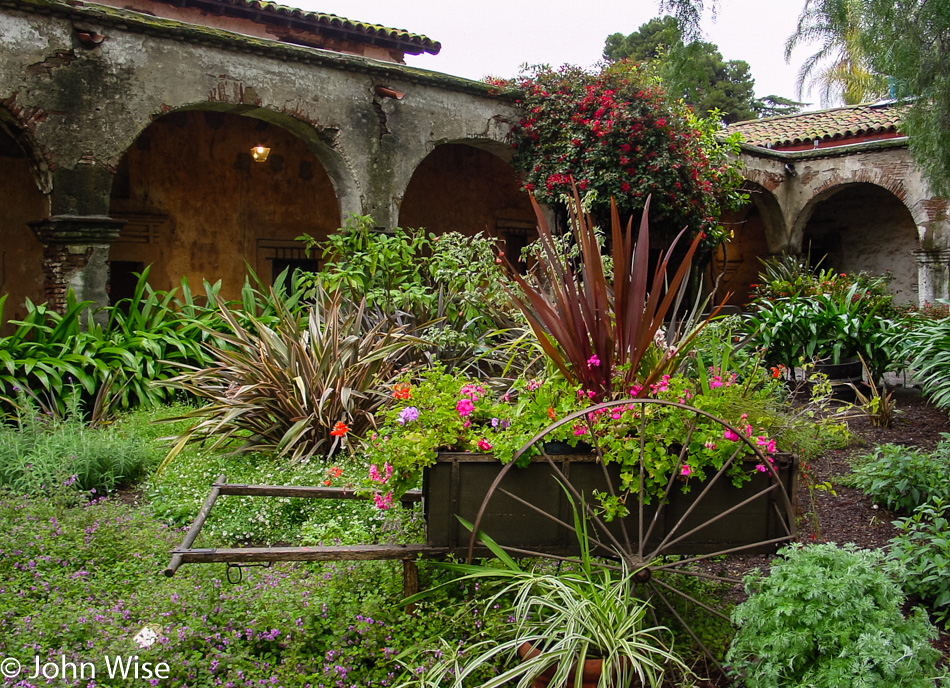
Our first visit to Mission San Juan Capistrano down here by Dana Point. This might be the most beautiful garden of all the missions we’ve visited to date.
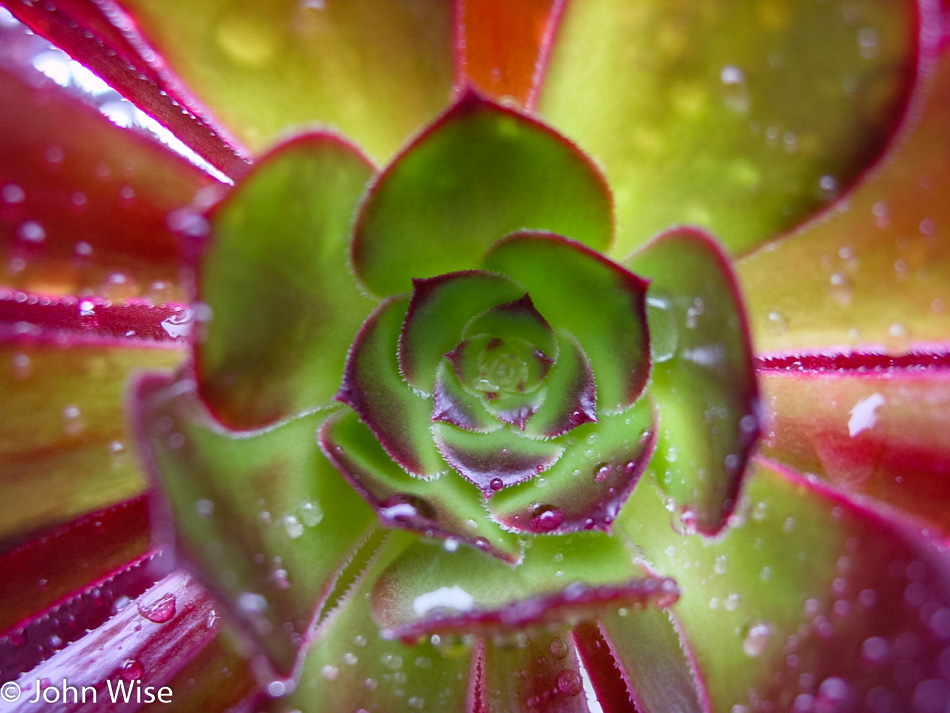
Nothing like recent rains to add details to already beautiful plant life.
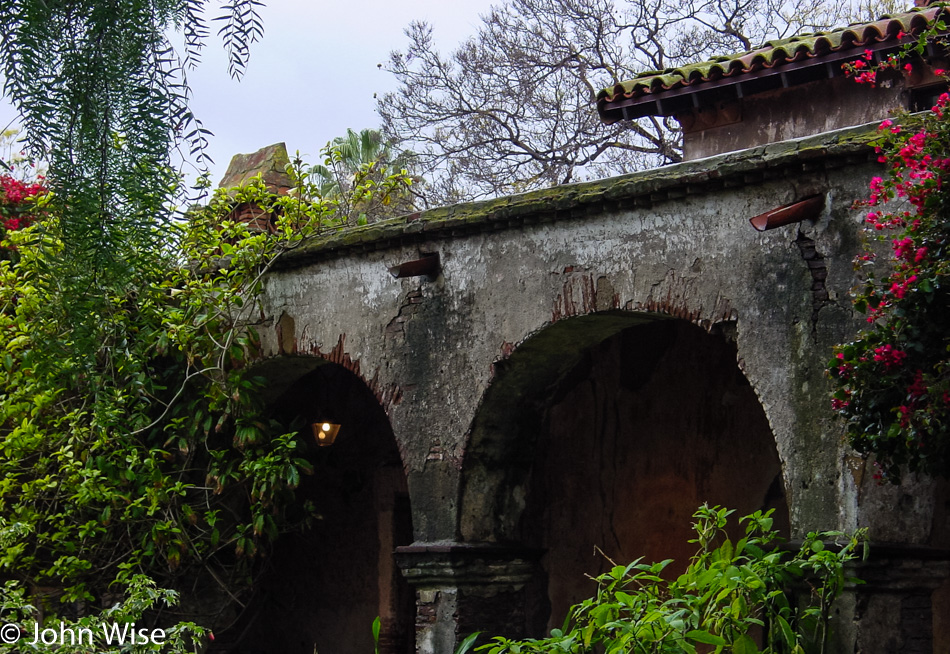
From the mosses on the walls to the crumbling facade, Mission San Juan Capistrano is wearing its age well.

Infinity is found deep within.
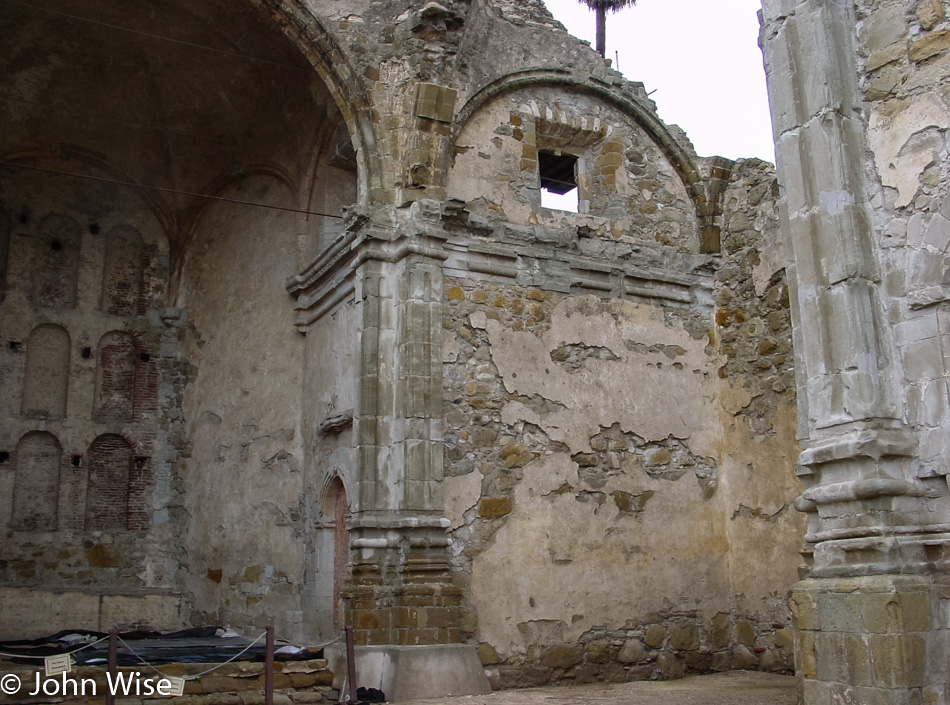
So if infinity is found deep within, what happens when we never manage to go beyond the surface of things? We crumble and fade away and ultimately will be unknown, just as most of us are to ourselves. Those who teach about spirituality in an organized Christian way only find value in the soul, which will remain elusive and foreign to those who cannot fathom the depth of where they are allowed to travel but are too afraid to venture.
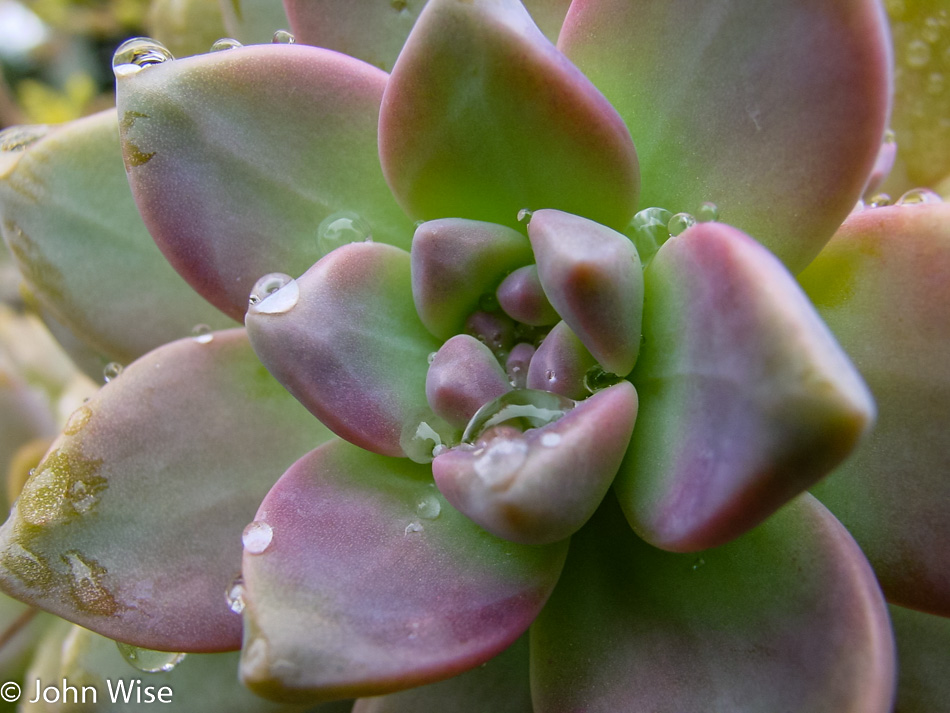
The rain pauses with waterdrops clinging to paddles of this succulent before falling to earth or evaporating back into a gas as water and plants live in a symbiotic balance where the cycle of life is in full bloom.
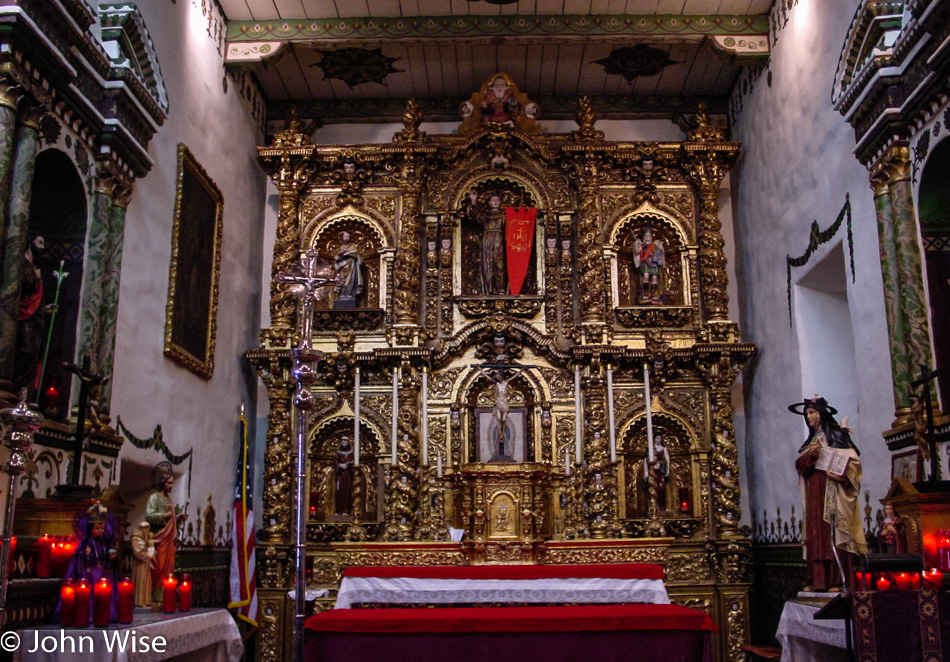
The altar of God, the altar of gold, the altar of power: we kowtow before the altar but not that of ourselves. We are taught that the altar of ego is evil, and yet we are told to bow before those who are achieving greatness as defined by power structures that control the masses. We are deserving to be sheep with less freedom than a drop of water falling from the sky.
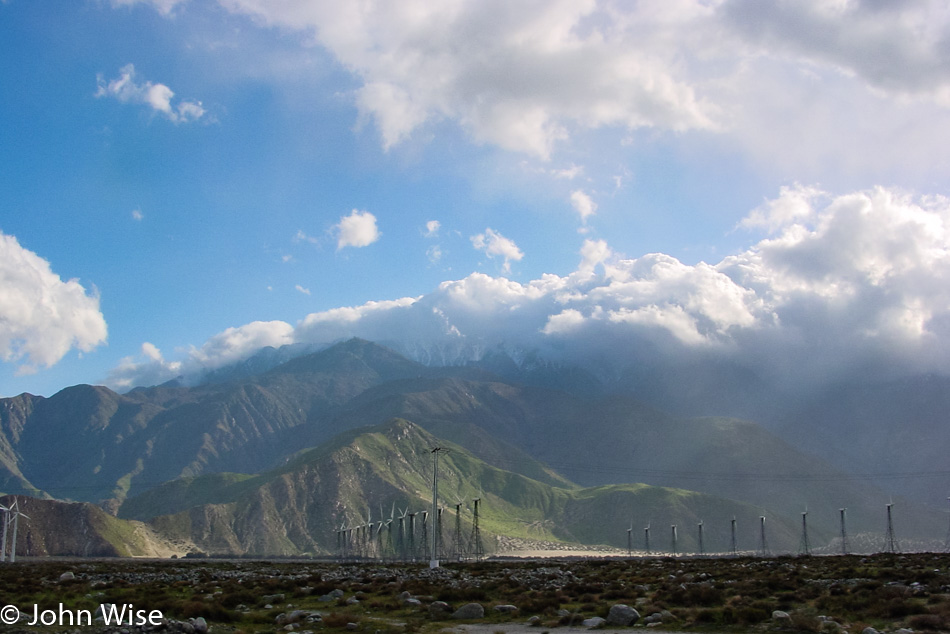
Snow and sky, green and blue, power from the wind, energy from the sun, and yet we move through the environment unaware of most everything except the next off-ramp where clean toilets have been promised because our personal needs are deemed more important than the energy we derive from the imagination that has been inspired by the exploration of nature.
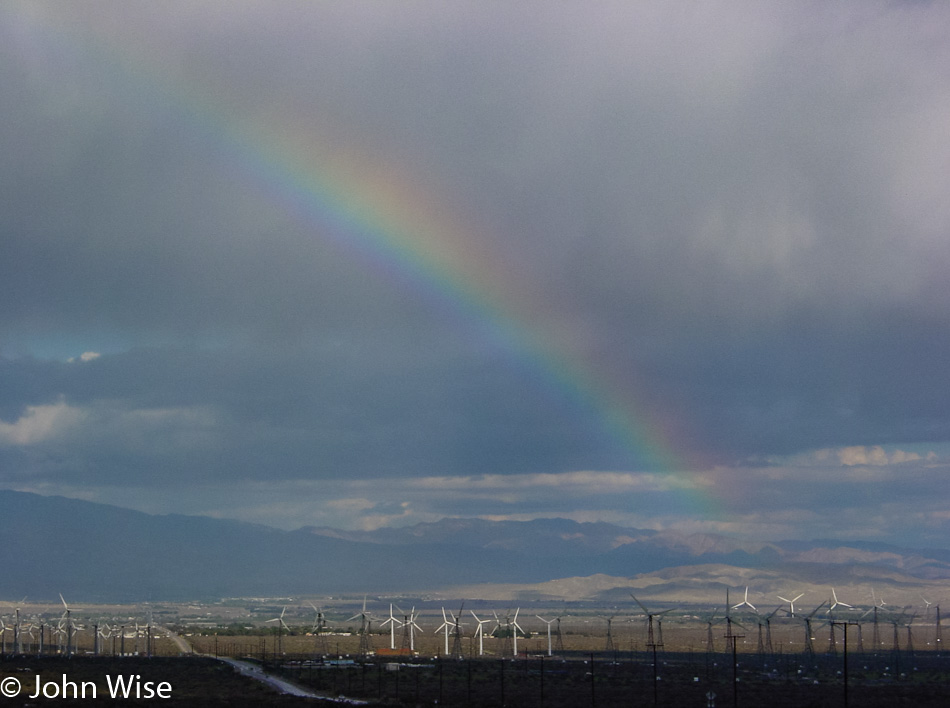
Is the ultimate reward really salvation when the rainbow is a terrestrial phenomenon that our eyes are perfectly tuned for? The glory of life is a daily gift that too many have turned into a torment that becomes their living hell, at which point they try to sell it to the rest of us as a kind of normal. They are wrong. Long live the rainbow and the exhilaration that is found beneath their arc.
